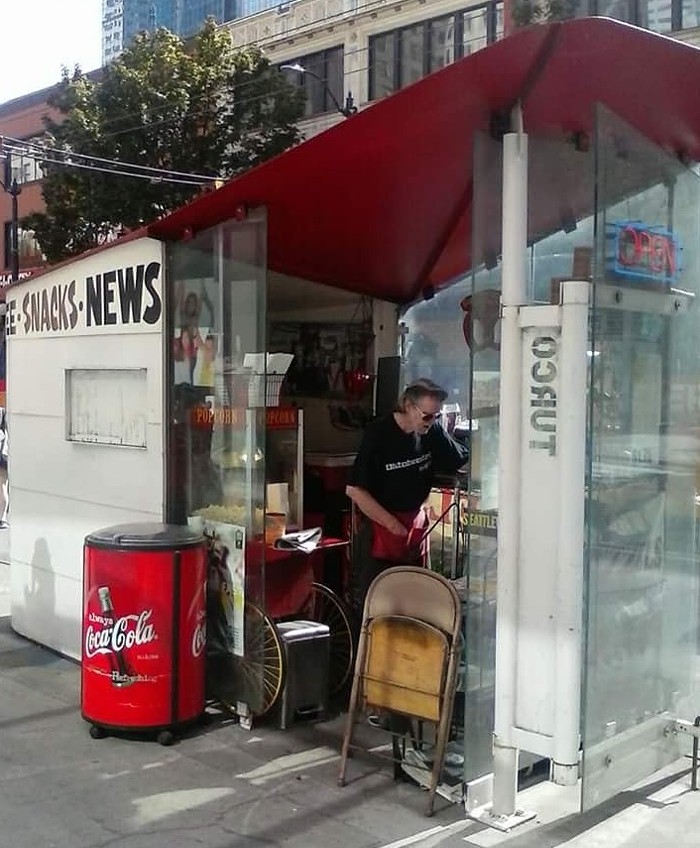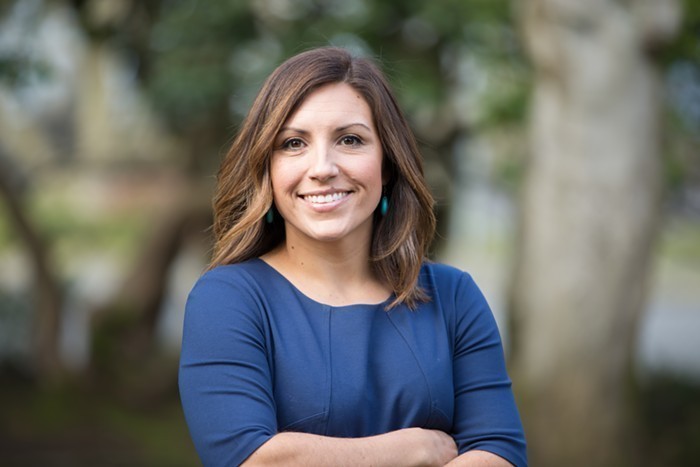When Carla Wilcox stepped into the ring last summer at the Emerald Queen Casino, she knew she was in for a fight. The woman in the opposite corner was five inches taller, and had 15 pounds on her. Never mind, she thought. This is what I've trained for--marathons, weight training, countless hours of sparring at the Credit Boxing Club. When the ring announcer introduced her, the sellout crowd of over 2,000 cheered. When he announced her out-of-town adversary and the weight difference, their cheers turned into a roar--everyone loves a hometown fighter, and everyone roots for the underdog.
Carla came out sharp at the bell, knowing that she needed to get inside her opponent's reach to land her well-practiced combinations. She moved like a miniature Mike Tyson, bobbing and weaving. And she was giving a boxing lesson to her pink-and-tassels-clad foe, until the fourth and final round. In the last 60 seconds of a fight she was winning every minute of, Carla was caught with an overhand right that floored her. She made it to her feet at the referee's count of four, but it was too late. She was hurt, and the ref called a halt to the fight, giving a technical knockout victory to her opponent.
"It was a really important fight for me," Carla says. "It opened my eyes to the game. I've been in the ring with 200-pound guys [Carla weighs 115 pounds] and never been knocked down. It was the best and worst night of my life. I was focused... it was just that one second that I dropped my guard, and I got punched. A straight right to the heart."
Women's boxing has until recently been a very controversial and seedy business, from the now famous "Man vs. Woman" fight held at the Mercer Arena in 1999 to the raunchy voyeurism of "topless boxing" that has existed in clubs and halls throughout the South and Midwest for decades.
The origins of the sport go back to the 1700s, almost as early as organized boxing for men. From the 1720s on, working-class British women faced each other for money and neighborhood status in vicious bare-knuckle matches. They were given nicknames like "Bruising Peg" and "The City Championess," and were often better paid than their male counterparts. Because of the lack of female fighters, women were often put in the ring against men, sometimes coming out as the winner. Other times they suffered serious injury, or even death.
Women's boxing has evolved, thankfully, and in recent years has rapidly shed its sideshow history and become a serious sport, both financially and as a respected athletic endeavor for women. There has been a push to get women's boxing recognized as a medal sport in the Olympics, and Carla can't wait for the chance to see girls on a worldwide stage. "Look at women's hockey," Carla says. "When they brought that in, it became one of the best events to watch. They brought in hockey, basketball... why not women's boxing?"
The road to becoming a prizefighter was an indirect one for Carla. Growing up on the Wellpinit Reservation in Eastern Washington, Carla immersed herself in all things physical, playing soccer, basketball, and rugby at Columbia High School in Hunters. "I've always been an athlete," Carla says. "I liked rough sports. And I had great, inspiring coaches as a kid." Carla took the lessons she learned from her coaches to Seattle, where she opened the BQ Workout gym in the Broadway Market 10 years ago. There she worked as a personal trainer, giving classes on circuit training, power lifting, and general fitness to clients from Capitol Hill and all over the city.
It was at her gym that a member approached her and told her she should give boxing a try. "I had to think about it for a while," says Carla. "But she kept asking, so I went with her to the boxing gym one day, and I've never left."
Carla began her training at the Bumble Bee Gym in Seattle, getting most of her early sparring from 2000 Olympic team member David Jackson. She had nine fights as an amateur, losing her first to 115-pound former world champion Para Draine by just one point at the Tacoma Golden Gloves. She also competed in the Women's Nationals, where she says the talent pool for girls is growing by the minute. "I saw nine- and 10-year-old girls... showing real skills," she says. "It's exciting."
Part of the reason why women's boxing isn't yet on par with men's is the lack of a strong amateur background in the professional ranks. Many top male prizefighters have over 200 fights before turning pro, while many of the current female pros have little or no experience before getting paid to fight. "Women are natural athletes," Carla says, "but they didn't have the chance to get into boxing until recently. But they are getting younger and younger. When some of the new generation of girls turn pro, they're gonna be lights-out."
Carla turned pro two years ago, and at about the same time opened her own boxing gym, called Better Quality Training. Located in the basement of a building at 12th and Pike (across from the 1200 Bistro), the gym has attracted people of all ages and genders, from all economic classes. It is divided into three rooms: one for weight training, one with a ring and two heavy bags, and one for skipping rope (a mainstay for fighters). The rooms are clean, with fresh paint, tall ceilings, and hardwood floors. On a particular Saturday afternoon Carla is winding down one of her group classes.
There is a pair in the ring, the young blond woman holding punch mitts for a middle-aged man with a ponytail. On the bags are two pairs of twenty-somethings drenched in sweat, waiting for the bell. Carla is in the middle, holding mitts for her training partner, and at the bell everyone springs into motion, following her commands. "Jab! Double that!" she yells. "Jab! Now turn that right over! Good!" Everyone in the room is giving their all, drawing energy from their constantly bouncing coach. What is most surprising is her pupils' technique. Most of her clients will never fight as amateurs or pros, but you wouldn't know it from watching them work. A woman in a bandanna and sweatshirt moves around the bag with ease, popping jabs and hooks with better form than some amateur men I've seen preparing for real fights. And they all seem to like and respect their trainer.
"It's a great gym," one member tells me. "She's the best."
"It's been positive," Carla says of her experiences as a pro boxer. "I hope we as women can continue to bring professionalism and confidence to the ring, to bring success. We are the ones that have to do that. The fighters."
Matt Sorenson is the Northwest correspondent for FightNews.com. He can be reached at matt_fightnews@hotmail.com.


















